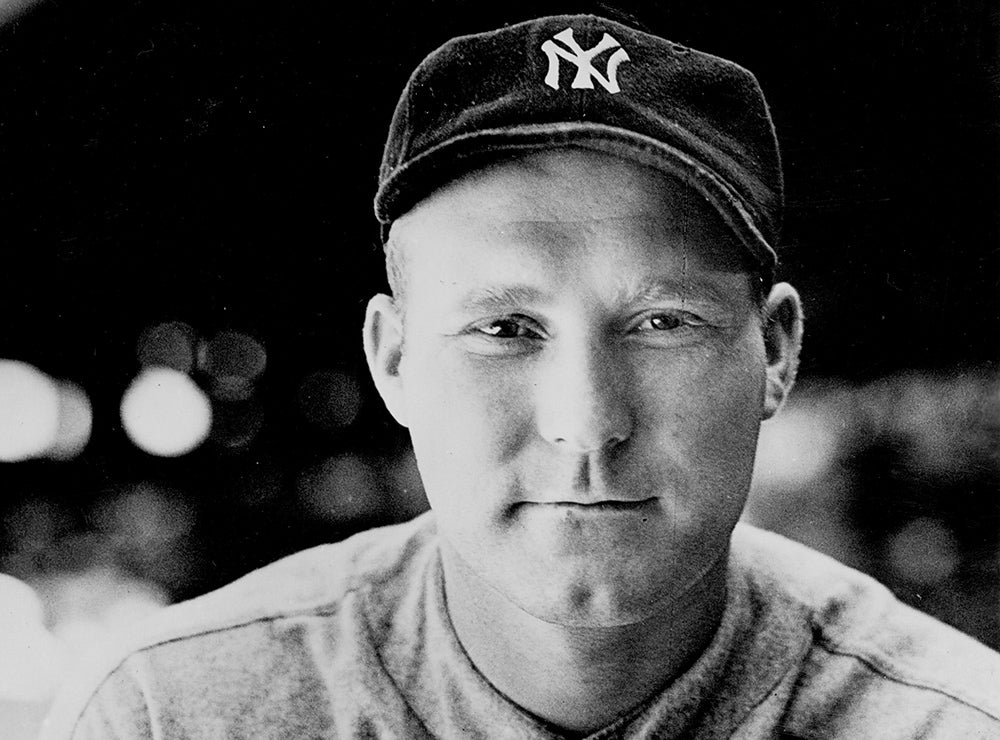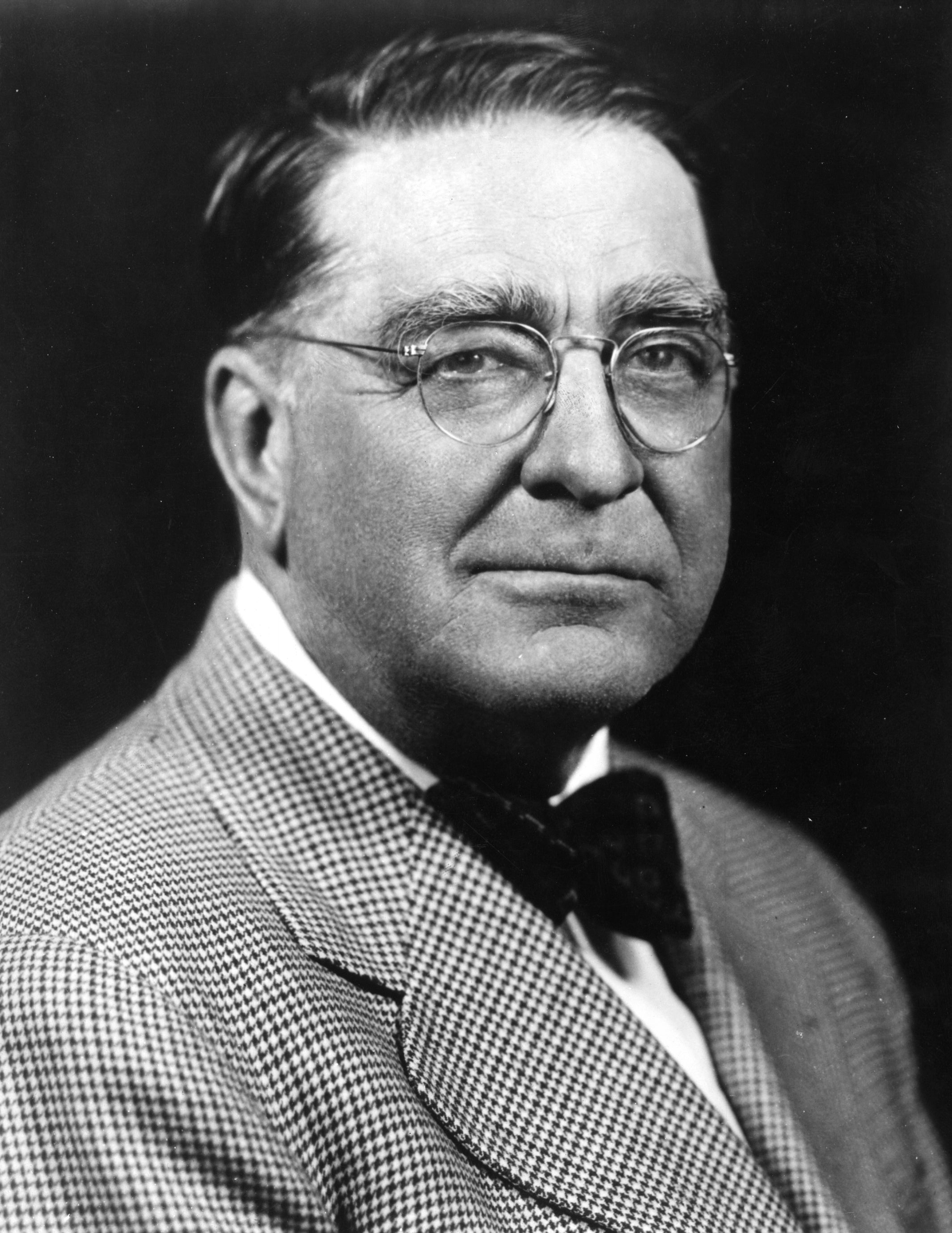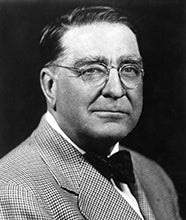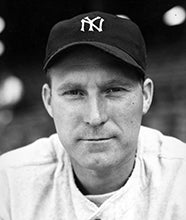- Home
- Our Stories
- Ruffing elected to Hall of Fame via rare runoff election
Ruffing elected to Hall of Fame via rare runoff election
If not for a second chance, Red Ruffing would have had to wait a bit longer to make it to Cooperstown.
In his final year on the Baseball Writers’ Association of America Hall of Fame ballot, Ruffing fell just short of the 75 percent of the vote required for election, garnering 72.6 percent – tied with the other top vote-getter, Joe Medwick. But the rules at the time dictated that if no one was elected on the first vote, a runoff would be held, in which voters could only vote for five candidates rather than 10.
So on Feb. 16, 1967, in a rare runoff election, Ruffing easily took the top spot in the voting with 266 of 306 votes, or 87 percent. Although Medwick garnered 81 percent of the vote, the runoff rules stated that only one candidate could be elected, regardless of how many received 75 percent of the vote.
“It’s a great disappointment,” Medwick told the Daily News. “But what can I do? I’m not giving up. I’m glad, anyway, that [Ruffing] got in. Maybe next year will be my time.”
Yankees Gear
Represent the all-time greats and know your purchase plays a part in preserving baseball history.
Hall of Fame Membership
There is no simpler, and more essential, way to demonstrate your support than to sign on as a Museum Member.
At his home in Beachwood, Ohio, Ruffing received a phone call from MLB Commissioner William Eckert, informing him of the good news. The longtime Yankees hurler expressed a similar sentiment regarding his fellow future Hall of Famer Medwick, who would, in fact, be elected the following year.
“I hope to God [Medwick] makes it next year,” Ruffing said.
Ruffing began his amateur baseball career as a first baseman and outfielder before a mining accident forced the amputation of four toes on his left foot at age 15. With his speed in the field slowed as a result, he made the move to the mound.
“We made an agreement that the other teams wouldn’t bunt on me,” Ruffing said.
Ruffing began his big league career with the Red Sox, where he got off to a difficult start, leading the American League in losses in 1928 and 1929.
“That’s something that will never be broken,” Ruffing said of his 25 losses recorded in 1928, which tied a live ball era AL record. “I hope not. It makes a good topic when I go out to make speeches.”
But in May 1930, he was traded to the Yankees – and it was in New York where he began to flourish. In his 15 years with the Yankees, Ruffing had only one losing season and captured six All-Star selections. He appeared in seven World Series with New York, winning six of them and posting a 7-2 record in World Series games.
After serving in the military from 1943-44, Ruffing returned to New York for two more seasons with the Yankees before closing out his career with the White Sox in 1947. In his 22 big league seasons, he went 273-225 with a 3.80 ERA and 1,987 strikeouts.
When asked if he had any suggestions for how the Hall of Fame election process should be altered, Ruffing had plenty to offer on the topic.
“Yes. I believe that anybody who wins 200 games or more should automatically qualify, or a man who bats .300 lifetime,” Ruffing said. “I also think that if a man lasts 20 years in the majors he should get in automatically. After all, they don’t keep you 20 years in the big leagues to tell jokes.”
But Ruffing earned his spot in Cooperstown, with no automatic qualifier necessary. On July 23, 1967, he was inducted into the Hall of Fame along with Veterans Committee electees Lloyd Waner and the late Branch Rickey, in the final induction to be held on the Museum’s front steps.
Janey Murray is the digital content specialist at the National Baseball Hall of Fame and Museum
Related Stories

After 19 years in the big leagues, Ruffing called up for military service

Rickey, Waner enter Hall of Fame as part of Class of 1967

Little Lloyd Waner swung a big bat

Rickey shaped baseball’s future via Continental League

After 19 years in the big leagues, Ruffing called up for military service

Rickey, Waner enter Hall of Fame as part of Class of 1967

Little Lloyd Waner swung a big bat







